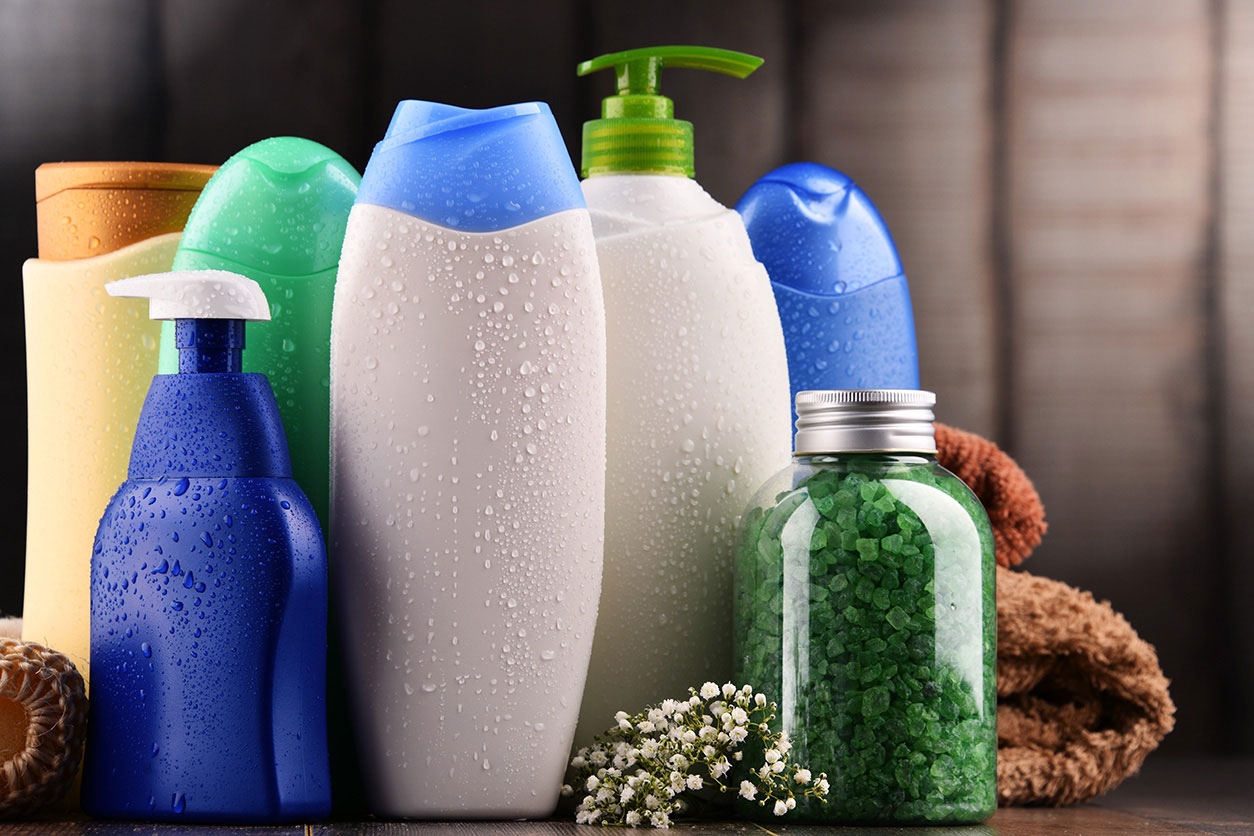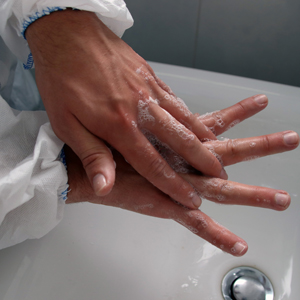In a study that looked at chemicals commonly found in toothpaste, makeup, and other personal care products, NIEHS grantees from the University of California (UC) at Berkeley found that daughters of mothers with higher levels of those chemicals faced a greater risk of entering puberty earlier.
The results, published in the journal Human Reproduction, were drawn from data collected by the long-term Center for the Health Assessment of Mothers and Children of Salinas (CHAMACOS) study. CHAMACOS has followed mothers and their children in California’s Salinas Valley from pre-birth to adolescence, to document how environmental exposures early in life may affect childhood development.
“This study highlights one of the many reasons we feel proud to fund this great work,” said Kimberly Gray, Ph.D., program officer in the NIEHS Division of Extramural Research and Training. “By drawing from a rich data resource in an existing study, the investigators were able to test a new question about an environmental contaminant that we were unaware of at the time the study began.”
 Personal care products that we use daily may contain endocrine-disrupting chemicals that interfere with normal bodily systems, such as the timing of puberty.
Personal care products that we use daily may contain endocrine-disrupting chemicals that interfere with normal bodily systems, such as the timing of puberty.The case against endocrine disruptors
Some chemicals found in daily personal care products like soap or toothpaste are known or suspected to alter the way hormones work inside our body. These endocrine disrupters, some of which are listed below, may alter reproduction, metabolism, and other important processes (see sidebar).
- Phthalates are often found in scented products like perfumes, soaps, and shampoos.
- Parabens are used as preservatives in cosmetics.
- Phenols such as triclosan are added to some toothpastes.
Studies during the past 20 years have shown girls, and possibly, boys, experiencing puberty at progressively younger ages, according to a UC Berkeley press release, written by Kara Manke. Puberty at an earlier age is linked with an increased risk of breast and ovarian cancer in girls, testicular cancer in boys, and mental illness. So far, however, few studies have looked at the effects these endocrine-disrupting chemicals may have on the timing of puberty.
 “We know that some of the things we put on our bodies are getting into our bodies,” said Harley. “We need to know how these chemicals are affecting our health.” (Photo courtesy of UC Berkeley)
“We know that some of the things we put on our bodies are getting into our bodies,” said Harley. “We need to know how these chemicals are affecting our health.” (Photo courtesy of UC Berkeley)“We wanted to know what effect exposure to these chemicals has during certain critical windows of development, which include before birth and during puberty,” said Kim Harley, Ph.D., in the press release. Harley is lead author on the study and an associate adjunct professor in the School of Public Health at UC Berkeley.
From womb to adolescence
Between 1999 and 2000, researchers recruited pregnant women living in the farm-working, largely Latino communities of the Salinas Valley. The team measured concentrations of phthalates, parabens, and phenols in urine samples taken from mothers twice during pregnancy and from their children at age nine years.
They followed the growth of the children — 159 boys and 179 girls — from age 9 to 13 years and tracked the timing of milestones of puberty, such as development of pubic hair, and, in females, breast development and start of menstruation.
Chemical levels and early puberty
According to the authors, daughters of women who had higher levels of diethyl phthalate and triclosan in their bodies during pregnancy experienced puberty at younger ages, although the same trend did not hold for boys.
 Gray, a program officer in the Division of Extramural Research and Training, oversees the grant for the CHAMACOS study. (Photo courtesy of Steve McCaw)
Gray, a program officer in the Division of Extramural Research and Training, oversees the grant for the CHAMACOS study. (Photo courtesy of Steve McCaw)The researchers also found that with each doubling of the concentrations of diethyl phthalate and triclosan in the mother’s urine, the girls reached developmental milestones approximately one month earlier.
Girls who had higher concentrations of parabens in their urine at age nine also experienced puberty at younger ages. However, according to Harley, this finding should be interpreted with caution because it is possible that girls who reached puberty earlier might be more likely to use products containing parabens.
“While more research is needed, people should be aware that there are chemicals in personal care products that may be disrupting the hormones in our bodies,” Harley said.
“This study showcases the valuable resource these pregnancy cohorts are, with [their stored] samples and repeated measures of offspring growth and development over time,” Gray said. “Resources like these are essential to answering important questions regarding environmental impacts on childhood development.”
Citation: Harley KG, Berger KP, Kogut K, Parra K, Lustig RH, Greenspan LC, Calafat AM, Ye X, Eskenazi B. 2019. Association of phthalates, parabens and phenols found in personal care products with pubertal timing in girls and boys. Hum Reprod 34(1):109−117.
(Sheena Scruggs, Ph.D., who is the Digital Outreach Coordinator in the NIEHS Office of Communications and Public Liaison, based this story on the UC Berkeley press release.)









